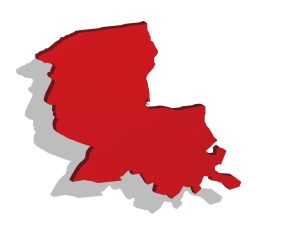Universities must address issue of sexual assault and athletes
May 8, 2016
This is an opinion article and does not necessarily reflect the views of The Tulane Hullabaloo.
According to the National Sexual Violence Resource Center, one in four women will be sexually assaulted during their college years. Athletes commit one in three college sexual assaults according to a study done between 1991 and 1993 cited by the National Coalition Against Violent Athletes.
The numbers have only gotten worse since then. The Journal of Science and Medicine in Sport reported in 2011 that there were 700 stories on violent acts by college athletes against women that year, compared to 368 in 1995.
This is not a small issue. Colleges and universities must pursue solutions to address this high prevalence of sexual assault, especially within the athletic community.
While major news outlets have recently tried to bring the issue of sexual assault on college campuses to the mainstream with articles, investigations and documentaries, such as “The Hunting Ground” released in 2015, the issue of athlete involvement in assault is still largely left out of the dialogue.
The NCAVA reports that 36.8 percent of athletes at 30 Division I schools were charged with assault between 1991 and 1993, compared to only 8.5 percent of the general public.
The problem of athletes’ involvement in sexual assault on college campuses is complex. Many athletes at Division I schools enjoy widespread recognition and popularity on their campuses. This puts them in both a position to combat sexual assault by raising awareness and to abuse their power and aggravate the issue with their own actions.
Unfortunately, many athletes have chosen to abuse their power and have experienced little consequences for doing so. The National Collegiate Athletic Association does not outline clear repercussions for actions that occur off the field, and punishments are typically left up to the discretion of the university or the athletic department.
In 2010, local police recommended that two unnamed Michigan State basketball players be charged with sexual assault of a female student, but the district attorney’s office chose not to press charges. Tony Woods, a Wake Forest basketball player was arrested after fracturing his girlfriend’s spine, but his punishment was a $100 fine, community service and a 60-day suspension. Oregon running back LaMichael James was charged with assault after throwing his girlfriend to the ground in 2010, but only sat out of one game for the team.
In 2014, President Obama launched the “It’s On Us” campaign to bring attention to the role that every individual plays in identifying and ending sexual assault on college campuses. Over 200 universities have partnered with the campaign, along with the NCAA. For now, this partnership is a good step in recognizing the problem, and university athletic departments have continued to try and raise awareness and educate athletes about sexual assault and domestic violence. Schools, athletic departments and individuals however, need to continue to push athletes to realize that their power and popularity comes with responsibilities.
These players are integral to the culture of schools around the country, but they have also become a collective reinforcement of a different kind of culture— one that perpetuates violence and assault and justice rarely follows. Obama’s campaign reminds us that “it’s on us” to push universities to hold athletes accountable and to push athletes to put themselves on the right side of this issue.
Lily is a junior at Newcomb-Tulane College. She can be reached at [email protected].









Leave a Comment